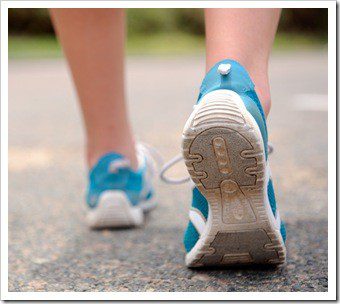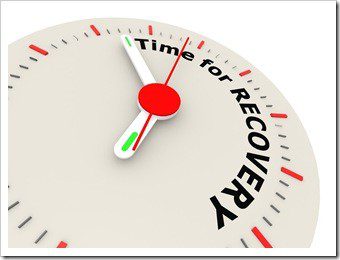Posts Tagged ‘Chiropractor New Fairfield CT’
Welcome to Chiropractic Life and Wellness Center's Chiropractor New Fairfield CT Archive. Here you can learn more about Chiropractic Life and Wellness Center, Chiropractic, and Dr. Brandon Chorney, today's choice for Chiropractors in New Fairfield, CT. Read Dr. Brandon Chorney's Chiropractic Chiropractor New Fairfield CT for the health of it.
We look forward to serving you! Call - 203-746-6543.
Tie Up Knee Pain And Enjoy A Healthy Stroll

Grab your sneakers and a light sweatshirt and let's get walking! While some fitness enthusiasts relentlessly seek out the latest, trendiest exercise crazes, many others are returning to good, old-fashioned walking to help them feel great and get into shape without becoming a member of an expensive gym. Best of all except for a...
Read More >>




